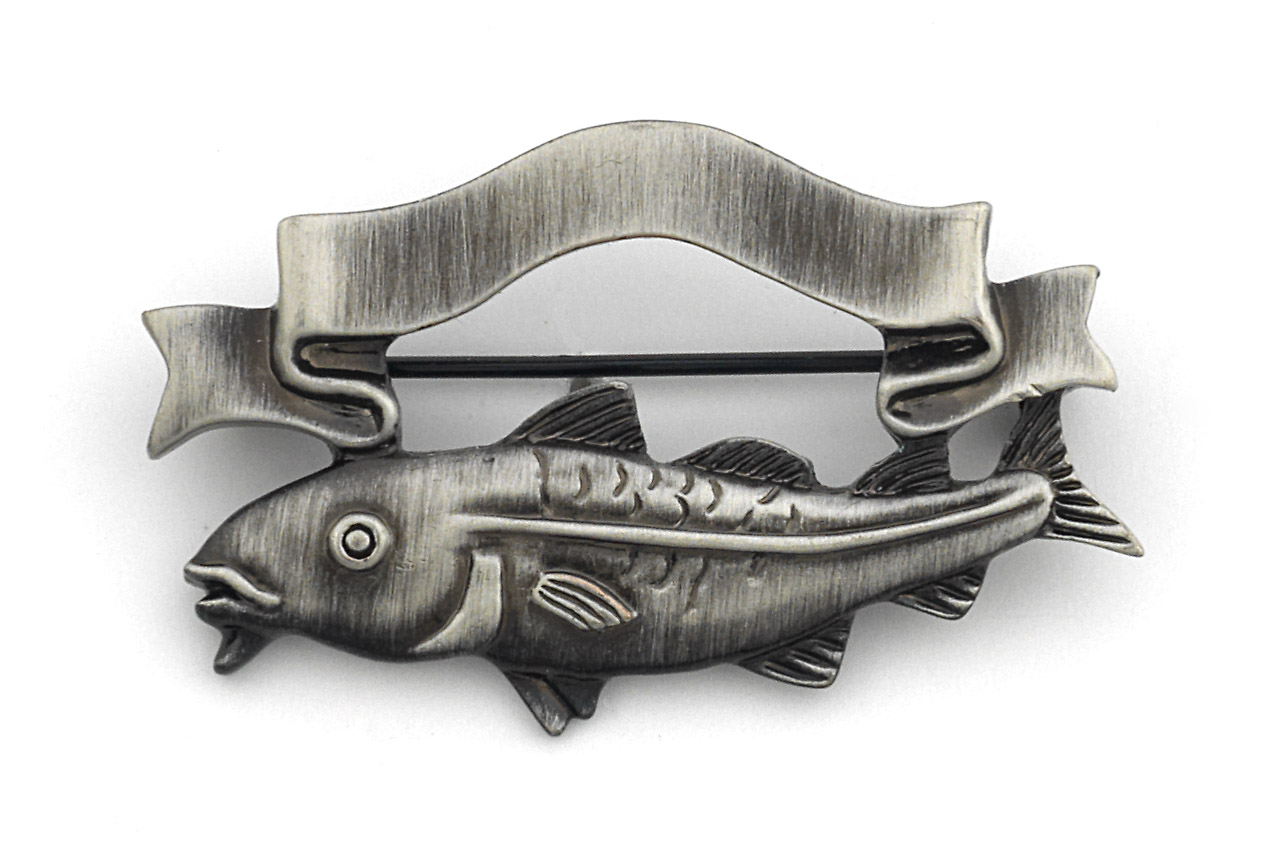Die Struck vs Die Cast Pins
When it comes to custom metal pins, two manufacturing methods you may come across are die struck and 3D (die cast) pins. But what exactly is the difference between these two techniques? This guide will explain the key differences between die struck and 3D (die cast) pins to help you determine which is better for your project.
What Are Die Struck Pins?
Die struck pins start with a flat metal blank, usually brass or copper. They can also be made in gold, silver, and nickel and can be produced with antique finishes. This blank is then stamped between two steel dies under intense pressure. One die has a recess with the intended pin shape, while the other has a protruding shape to stamp that form into the blank. Striking the blank under high-pressure transfers and holds the shape precisely. They are only metal and no color – with a two-tone finish.

What Are 3D (Die Cast) Pins?
In die casting, liquid metal is injected into a steel mold under high pressure to create a pin. The metals used are typically zinc, aluminum, magnesium or pewter alloys. Once the mold cavities fill, the metal cools and solidifies into the intended shape before being removed.

Differences Between Die Struck and Die Cast Pins:
Choosing the Right Process
The best choice for your pins depends on your specific needs. Consider these factors:
- Design complexity: For intricate details and sharp lines, die striking is ideal. For 3D shapes and hollow features, choose die casting.
- Budget: 3D die casting is generally more cost-effective for large quantities, while die striking offers premium quality for a higher price point.
- Durability: Die-struck pins are more durable, especially for long-term wear.
- Customization Options: Both types of pins offer a range of customization options, but die struck pins may be more suitable for intricate designs with fine lines and details.
- Turnaround time: 3D die casting has a faster turnaround, especially for bulk orders.
Request Your Free Lapel Pin Quote From PinCrafters
Contact PinCrafters today to describe your custom pin project details and budget and receive an expert recommendation on the ideal manufacturing method for your pinned product. Our team looks forward to helping you meet your pin goals.
Frequently Asked Questions
Does 3D die casting allow for as much detail as die struck pins?
Generally die struck pins will show finer details, dimensions and edges better than 3D die cast pieces. 3D die cast does offer strong detail reproduction for more organic and sculptural shapes though, which are difficult to achieve with stamped pins. It depends on the actual design’s intricacy.
Can I get attractive finishes with die struck pins?
Die struck pins can be produced with attractive finishes. The smooth surfaces lend themselves well to further enhancements. However, 3D die cast can also be plated, painted or have epoxy coatings added. You can discuss options with our designers during the quoting process.
What are some common uses for die struck and die cast pins?
Die-struck pins are popular to recognize years of service and are popular among fraternities, sororities, clubs, associations, and universities. 3D die-cast pins are widely used for promotional items, school mascots, and event souvenirs.

